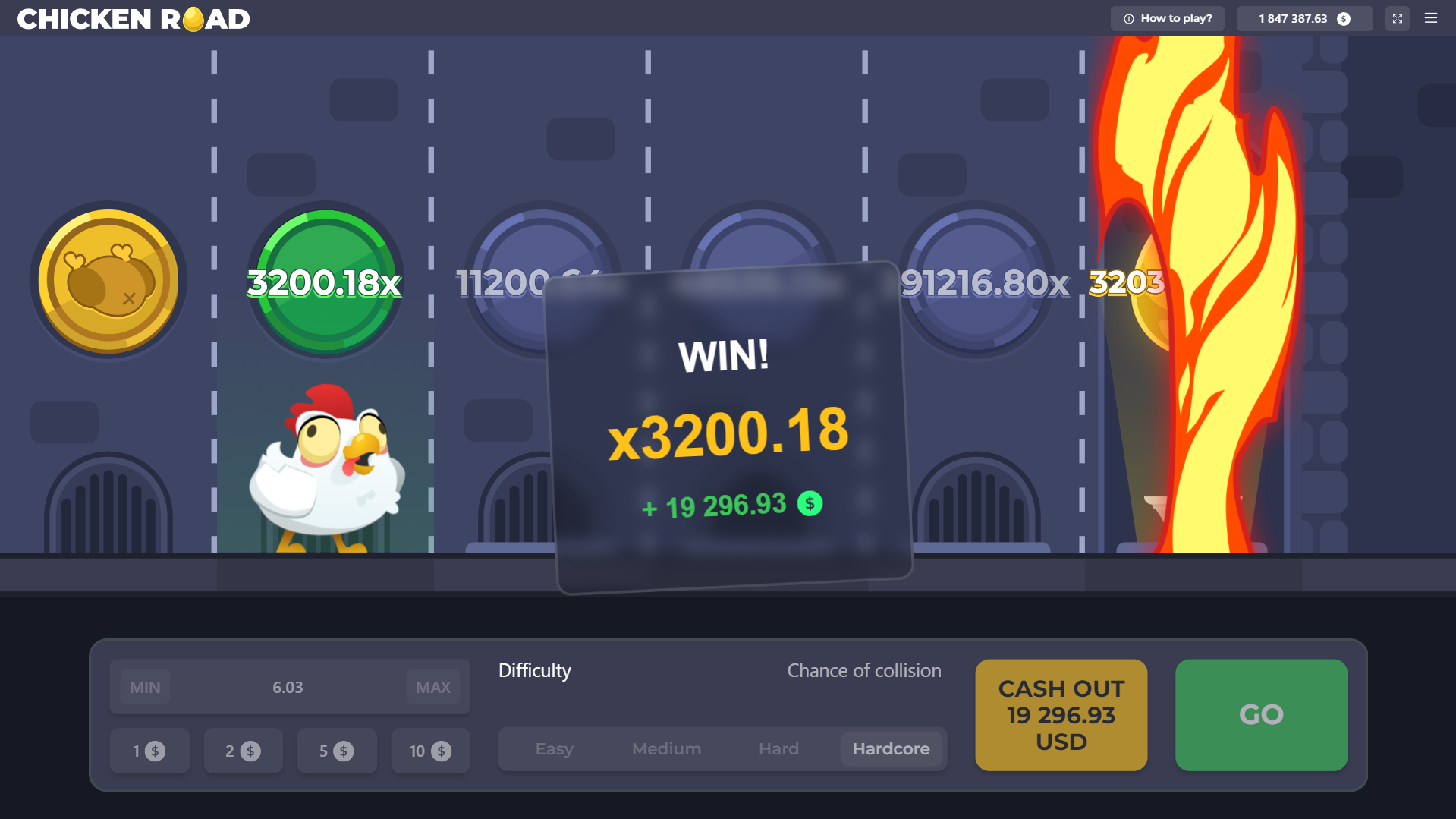Roulette table payouts refer to the amount of money a player receives for a winning bet, based on the odds of that bet occurring. Understanding these payouts is crucial for any roulette player.
The most common bets in roulette are the even-money bets, such as red/black, odd/even, or high/low. These bets have a payout of 1:1. This means if you bet $10 and win, you get your original $10 back plus $10 in winnings. 
Single number bets, also known as straight-up bets, have the highest payout at 35:1. Betting on a single number is a high-risk, high-reward strategy. A split bet, which covers two adjacent numbers, pays 17:1. A street bet, covering three numbers in a row, pays 11:1.
A corner bet, covering four numbers that meet at a corner, pays 8:1. A line bet, covering two adjacent rows (six numbers), pays 5:1. Dozen bets (1-12, 13-24, 25-36) and column bets each pay 2:1.
It is important to remember that the payout odds are inversely related to the probability of winning. The house edge, which is the casino\“s statistical advantage, is built into these payout structures. |